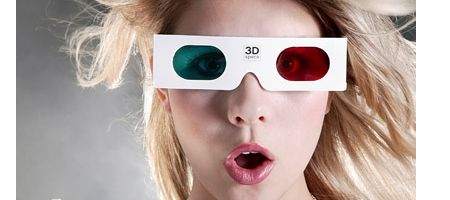If you buy a 3D TV that uses active shutter glasses, right now you’re pretty much limited to buying 3D glasses that are made by the same manufacturer as the manufacturer of your TV. The Consumer Electronics Association wants to change that.
The group, which is the trade organization in the US responsible for overseeing the electronics industry here, says there needs to be a new wave of 3D glasses that can work among all TV brands.

There can be a universal standard, but it requires the makers of the glasses to account for varying signals. Right now, a pair of Samsung 3D glasses will only work on a Samsung 3D TV, Sony glasses will only work on Sony TVs, etc.
Of course, the CEA faces somewhat of an uphill battle because of the changing dynamic of the 3D TV market. The organization’s focus is limited to stereoscopic 3D TVs that require the use of active shutter 3D glasses. These are the kinds of TVs that first hit the scene last year.
Since then, however, other manufacturers have come forward with TVs that use “passive 3D” technology, the same kind of technology used in movie theaters. It allows for cheaper 3D glasses but doesn’t provide as crisp of a picture.
And adding to the mix is a rise in popularity for autostereoscopic 3D, or 3D TVs that don’t require glasses at all. This technology is still in the early stages and barely even exists in products with large displays, but companies like Toshiba are starting to make the push to get rid of the idea of 3D glasses altogether.
Nevertheless, the CEA is trying to add what little cohesion it can, and is calling on vendors to come together to work on a set of specs that everyone can use for stereoscopic 3D TVs, which take up the considerable majority of 3D sets on the market today.






